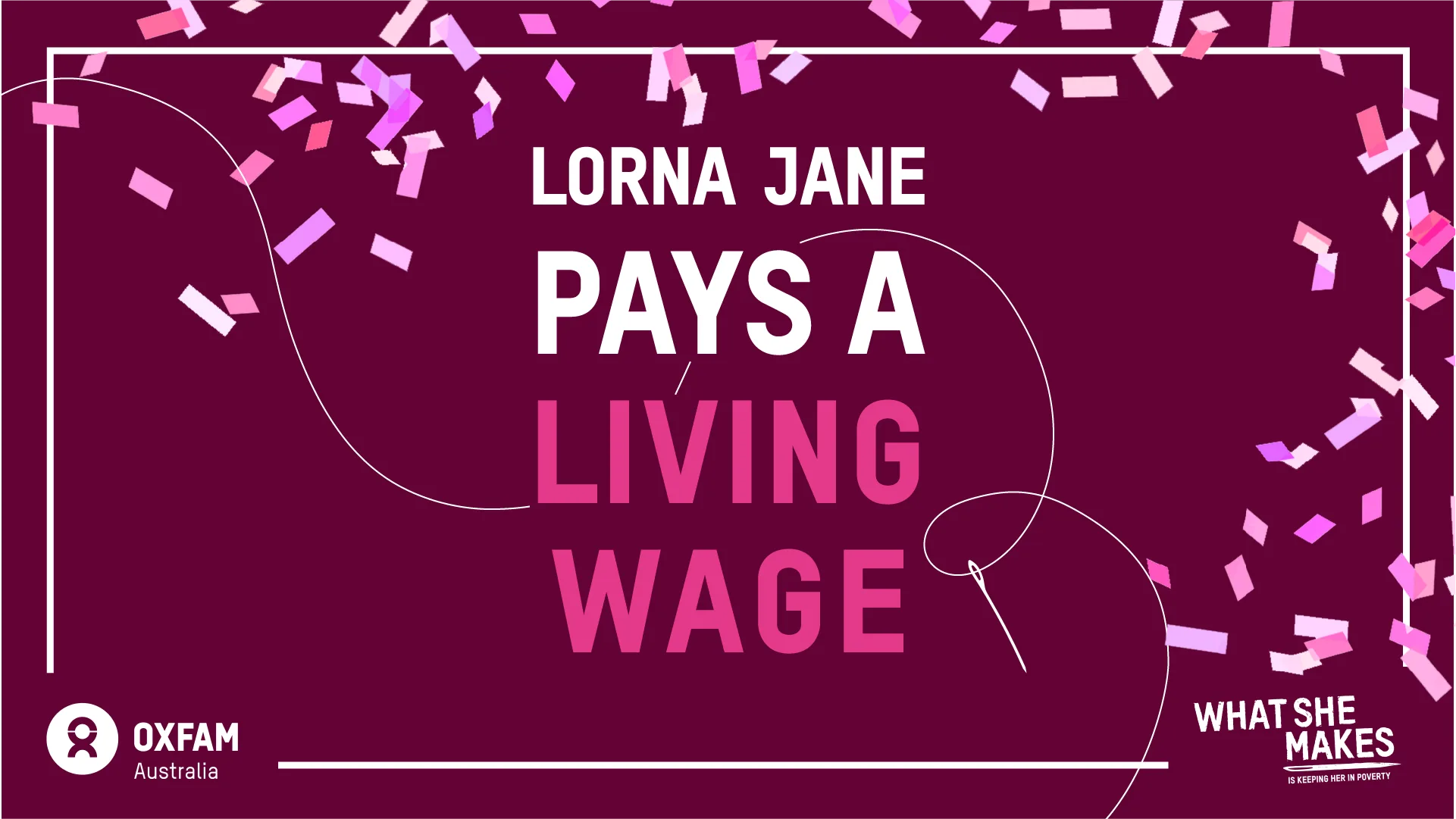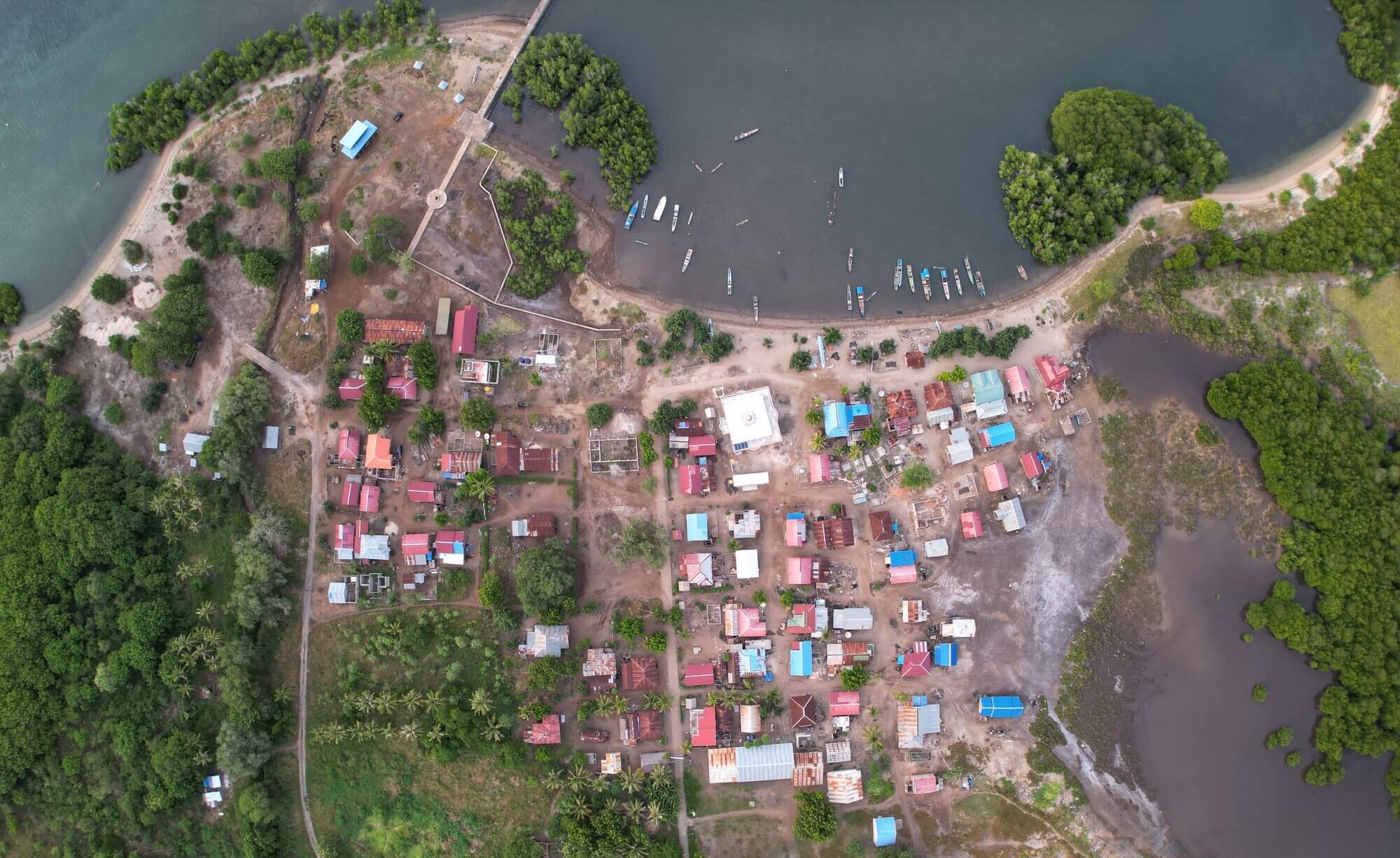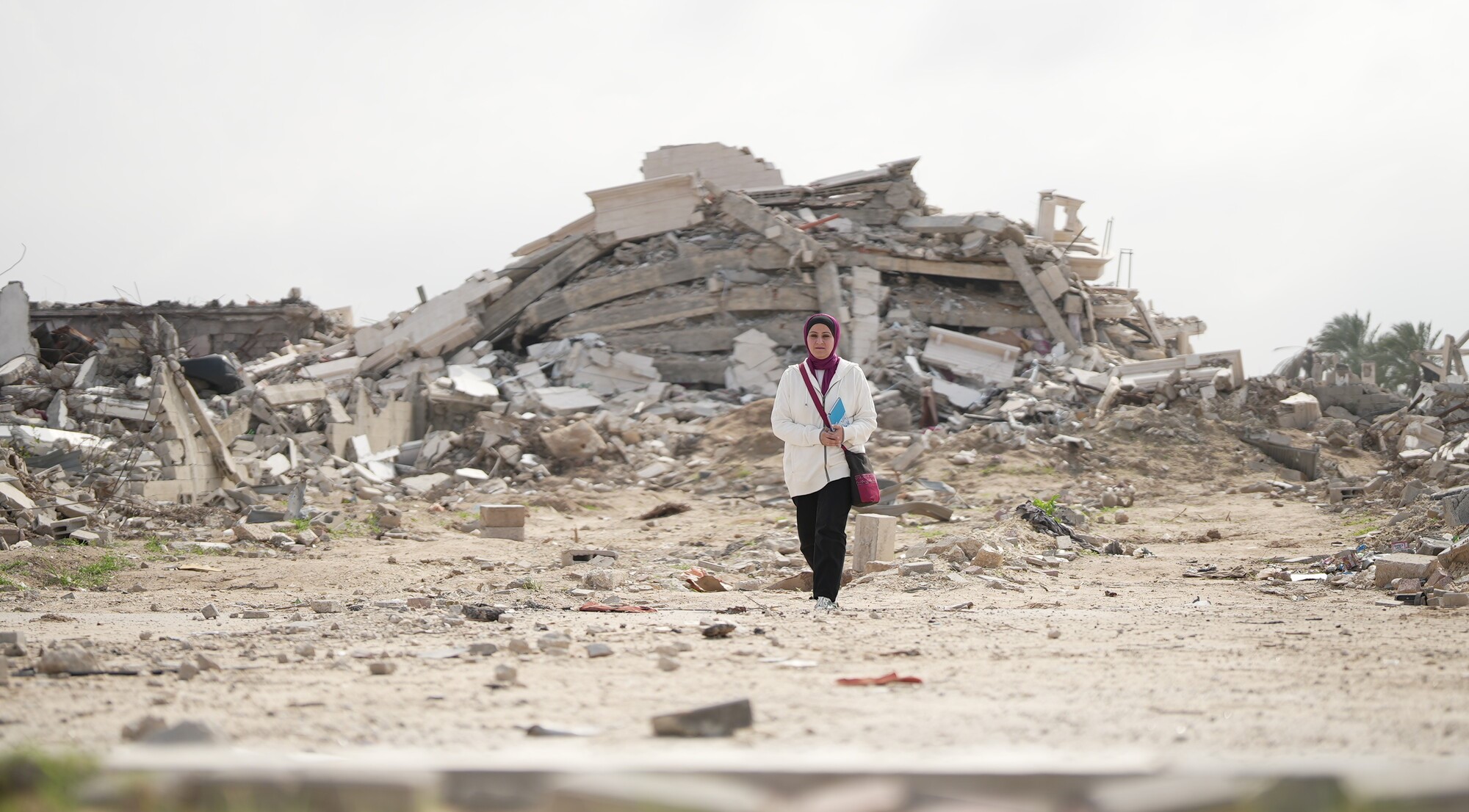This blog was originally shared by Oxfam International, in their series where Oxfamers from across the globe share their observations of how race, the coronavirus and inequality intersect.
By Ngarra Murray, a Wamba Wamba (Gourmjanyuk), Yorta Yorta (Wallithica) and Dja Dja Wurrung (Yung Balug) woman who is Head of Oxfam Australia’s First Peoples’ Program based in Melbourne.
When the threat of COVID-19 became fully apparent last year, First Peoples health organisations across Australia swung quickly into action to prevent devastating effects in their communities. So far, not a single Aboriginal person has died of the disease thanks to the decisive action taken by a strong network of medical services dedicated to improving Aboriginal health.
Across the globe Indigenous communities have been disproportionally affected by the pandemic, due to huge inequalities in access to health care, education, or social security. However, despite the ongoing impact of colonization, the example of Australia shows that with decisive action and strong Indigenous leadership Covid-19 doesn’t have to be the pretext for further increasing inequality between Indigenous communities and non-Indigenous communities.
One of the legacies of 230 years of dispossession, racism and structural inequality is that Australia’s First Peoples suffer very poor health. Compared to non-Indigenous Australians, the First Peoples face a disease burden 2.3 times greater, and on average they live at least 10 fewer years.
These health inequalities are far worse than those faced by Indigenous peoples in comparable countries such as the US, Canada and New Zealand. This is why Aboriginal health services began opening in the 1970s, and 50 years later now reach into the most remote parts of the country.
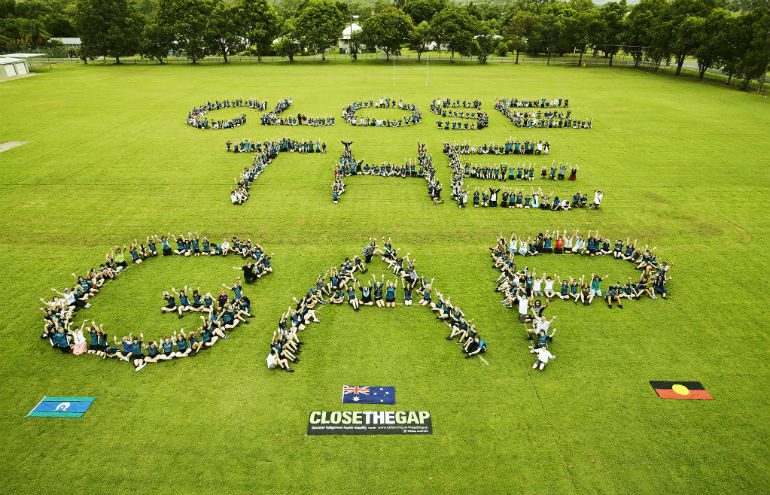
Photo: Jason Malouin/OxfamAUS
The persistent shortfall in the life expectancy and health status of First Peoples in Australia in part reflects the ongoing impact of centuries of alienation and marginalization. The underlying social determinants of health have not been addressed and government health policies have failed to close the gap in health. First Peoples do not have the equal opportunity to be as healthy as non-Indigenous Australians with Aboriginal people amongst the most poverty stricken Indigenous peoples in the world, and their nations most disadvantaged.
This meant that First Peoples are extremely vulnerable to COVID-19, but incredibly the health impact so far didn’t mirror this vulnerability.
Given the context of poor health outcomes and huge health inequalities, Australia’s network of Aboriginal health organisations took strong and pre-emptive action to stop the spread of the disease through direct engagement with federal and state governments, communication and community action on the ground that included lockdowns to prevent the spread of the virus. The community network of Aboriginal health organisations is a living embodiment of the aspirations of First Peoples, and their connectedness an important strength of community mobilization.
This is a stunning example of what self-determination can achieve, even though First Peoples of Australia still lack a national representative body.
In March, the national Aboriginal health organisation, NACCHO, partnered with the federal Department of Health to form the Aboriginal and Torres Strait Islander Advisory Group on COVID-19. This group was set up quickly because of the leadership of Aboriginal people and because of the perceived threat to the health of Aboriginal people. This group developed a National Management Plan to protect communities and to advise on health issues related to COVID-19.
One of the first actions of this new group was to advocate for measures to protect communities from the virus being introduced from outside. On 20 March 2020, the National Cabinet of Australia recommended the Minister for Health make a Determination under the Biosecurity Act 2015 to restrict travel into remote communities to limit the risk of COVID-19 transmission. These high-level policies were supported on the ground by a network of more than 140 Aboriginal health organisations around the country. Despite the fragmented representation faced by First Peoples in Australia, the response was highly effective as it utilized the role of national representative organisations and locally-based health centers.
The success so far has been impressive, with fewer than 100 Aboriginal people having been affected by the disease. About three quarters of those affected live in major cities, and about half contracted the virus while travelling overseas. So far, there have been no Aboriginal people who have required treatment in intensive care and none has died as a result of the virus.
Pat Turner, the chief executive of NACCHO, recently told the Guardian that Aboriginal health organisations have proven yet again that they are best placed to address the health needs of First Peoples, yet they have had to bear the brunt of “repeated funding cuts and a rollercoaster of policy and administration changes”.
The Katungul Medical Service south of Sydney has shown how its clinics are improving the health of the community and also saving the government money through fewer hospital presentations. Over the six years to 2016–17, hospital admissions for Indigenous people have fallen by 30 per cent.
Acting CEO Jo Grant, says initiatives such as the gym that now operates at the center has led to improved results because it addresses health needs on a number of levels. All of the groups coming to the clinics now go to the gym, including those on the drug and alcohol program.
“It helps with mental health, reduced isolation, it’s a yarning space as well, it is really culturally appropriate but it is very disguised,” Ms Grant explains in the recent Oxfam Australia report, In Good Hands.
While there is much unfinished business with Indigenous policy in Australia, especially the lack of national representation, leading academic Professor Megan Davis says the response to COVID-19 by Indigenous communities across Australia was led by “land councils, our own people, our old people”. This is a prime example of how Aboriginal community controlled organisations that are grounded in community and culture deliver results that improve health outcomes.
Aboriginal people have been saying for many years that they can achieve the best results when governments respect the self-determination and give communities the autonomy and resources to address the challenges they face.
This is also one of the major findings of Oxfam’s In Good Hands report, which cited the role of 3,000 Aboriginal community-based corporations now registered under federal law as an example of how Aboriginal people have organised themselves on a massive scale to overcome entrenched obstacles and build a better future for their communities.
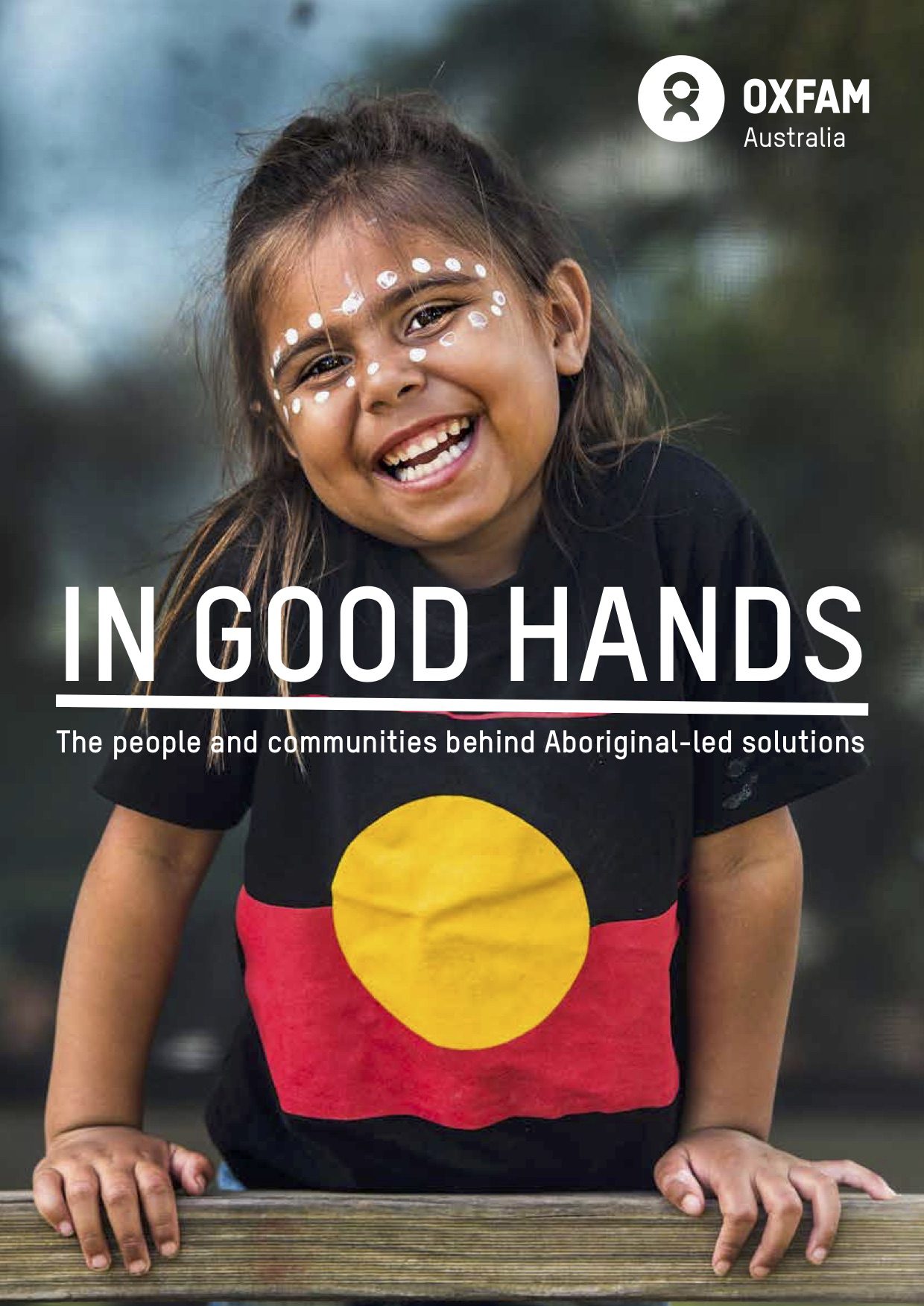
The report said in its introduction that ‘results are generally much better when local communities create and own the solutions to the challenges they face’, and the experience with COVID-19 demonstrates that this is not just a rhetorical argument as Aboriginal communities have delivered above and beyond their modest amount of resources.
The example from Australia shows that inequality and inequality in health outcomes are the result of political choices.
With the right decisions’ governments contribute towards keeping their people safe and healthy. The dramatic levels of inequality that we see across the globe are not the results of the forces of nature. In turn, this means that with the right policy decisions the racial and gender inequality can be eradicated and the gap between rich and poor can be closed.
First Peoples in Australia are still vulnerable to outbreaks with further steps including vaccination still to be navigated before COVID-19 is defeated. Consistent, sustained, coordinated response shown by Australian governments in partnership with Indigenous health organisations should be seen as a benchmark for eliminating the virus in Indigenous communities. To eradicate COVID-19 we will require the same level of global cooperation.
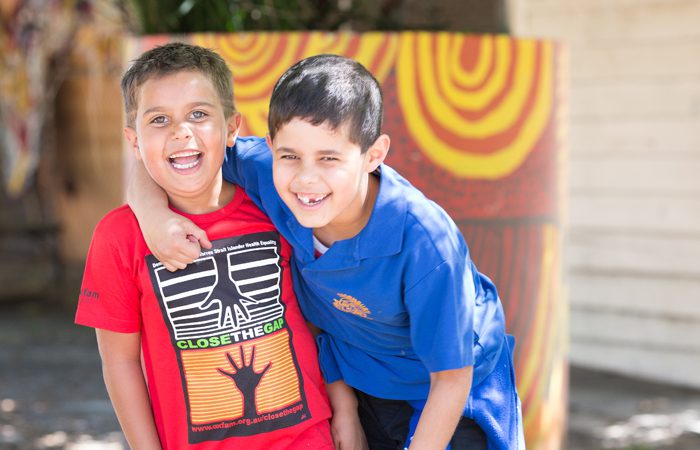
Donate for First Peoples justice
Together we can support community-led health and wellbeing initiatives, and work to advance First Peoples’ human and cultural rights.

